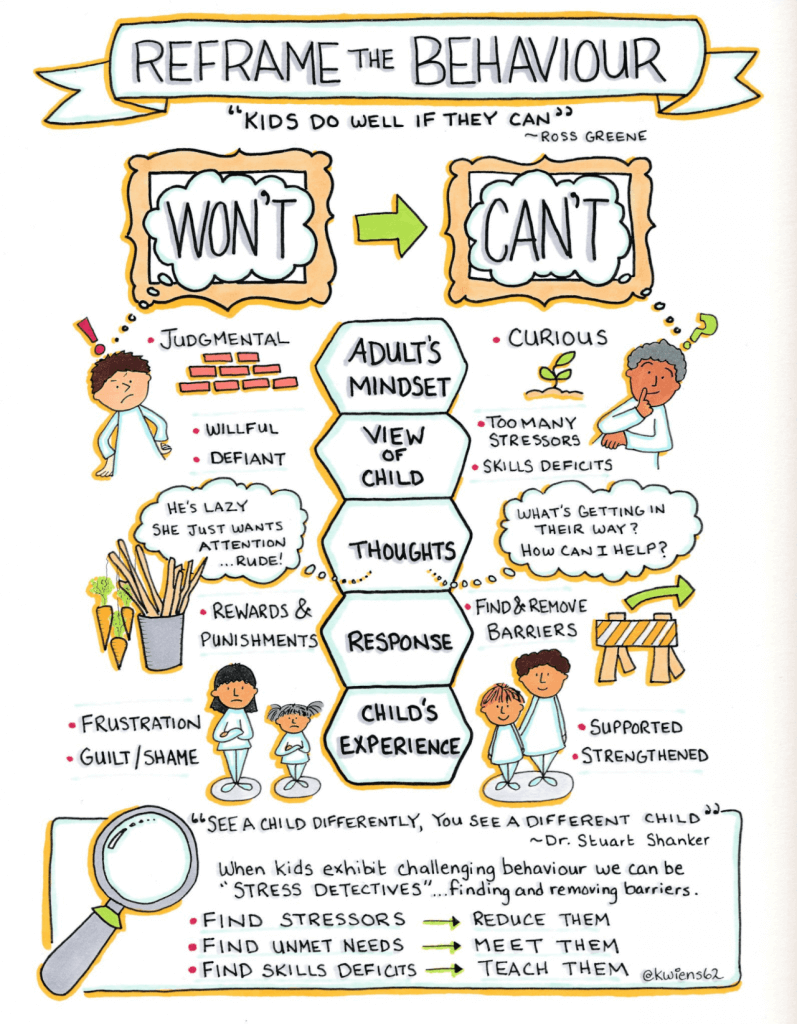The Secret to Managing Behaviours of Concern in Children
Managing behaviours of concern in your child – like hitting, screaming, biting, pinching, spitting, kicking, swearing, or running away – can be extremely challenging for parents and educators.
Which is why we’re often asked: “What’s the secret to effective behaviour management?”
Well, I’m sorry if this disappoints you, but…
…the secret to managing behaviours of concern in children is that there is no secret.
There is no special formula or magic wand for instantly transforming challenging behaviours into positive, pleasant and productive interactions, all the time.
That is not intended to depress you. In fact, freeing parents of unrealistic expectations can often empower them to take the practical steps necessary to create genuine but realistic change.
Indeed, there are a range of tried-and-tested strategies that can make a tangible difference to your child’s behaviour. And while they might not eradicate concerning behaviours altogether, they can do wonders for their (and your own) state of mind.
Over the next few posts, we’ll be exploring a number of these strategies. Let’s start with a mindset that’s fundamental to your success.
Start with discovery
When it comes to behaviour management, it is crucial to start with two foundational assumptions:
All behaviours have a purpose; and Discovering this purpose is key to helping your child manage that behaviour.
While it is sometimes easy to assume a child is being naughty or simply seeking attention, there are often deeper reasons underlying their behaviour.
Sure, they may not be able to express those reasons via language that adults or other children can easily understand. Nevertheless, their behaviours are often an expression of genuine needs and strong emotions associated with difficulties around problem solving, anxiety, challenges with social interactions and communication, or issues with sensory regulation.
Here are some common behaviours to look out for and their meanings:
If your child is feeling strong emotions like anger or disappointment but cannot express this verbally, they may use aggressive behaviour and/or insults to get their message across.
If they are seeking sensory input to feel calmer, aggression and tantrums, including yelling, crying, hitting, and throwing, can offer the sensory input necessary to self-regulate.
Children who are seeking to assert a degree of control over others or to achieve a particular outcome – like taking back a toy that was confiscated – can resort to biting, kicking, screaming and other aggressive behaviours.
Children who have difficulty navigating social interactions, such as sharing toys or playing together, may also exhibit similar behaviours.
While this list is far from exhaustive, it gives you a picture of the range of needs that can underlie children’s behaviours. And when you start by trying to discover the reason for the behaviour, you will be much better equipped to manage it effectively.
How exactly do you uncover the reason for your child’s behaviour? And what do you do about it once you understand it?
Stay tuned for the next post on managing behaviours of concern. In the meantime, here’s a helpful infographic describing how we can reframe our child’s behaviours so we’re viewing them through the most productive lens.

And remember to let us know if you need specific guidance for your own child. We are here to help.
The OT Team at A2Z Health Group

Michael graduated with a Bachelor of Physiotherapy from Melbourne University. Since then, he has had over 21 years of experience as a physiotherapist and is also a qualified D.M.A. Clinical Pilates Practitioner.
